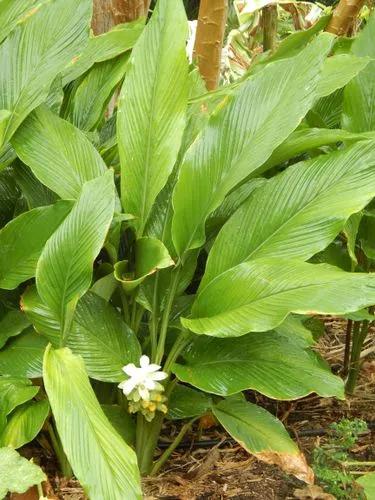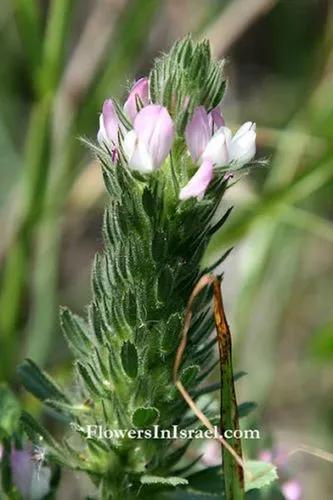Lathyrus cicera is a species of wild pea known by the common names red pea, red vetchlingand flatpod peavine. It is native to Europe, North Africa, and the Middle East, and it is known from other places as an introduced species.
Red Pea Care
Lathyrus cicera



Annual plant 20-30 cm tall. Stems branched from the base, glabrous, ascending, almost erect, clinging tendrils, bilobed, biplane. The wings are narrow. Stipules large, semi-arrow-shaped, 10-13 mm long, the same length as the petioles or slightly longer. The leaves consist of 1 pair of fairly large leaves, oblong or lanceolate, 3-10 cm long, 2-5 mm wide, with three - five prominent veins. Petiole narrowly winged, 10-15 mm long. The leaf axis ends with a branched tendril. Pedicels longer than petiole, with small awl-shaped bracts, one-two-flowered. Calyx bell, its lobes lanceolate, pointed, 2-3 times longer than the tube. The flowers are about 8-10 mm long, brick red. Flag inverted ovoid, narrowed to the base, with a notch with dark red veins, on a short nail. The wings are shorter than the flag, with an eye at the base, on a short nail. The shuttle is rounded at the bottom, pale red. Fruits - sessile, oblong, winged beans 19-20 mm long, about 5-6 mm wide, with a convex vein on the upper seam, with 3-5 seeds. Seeds spherical, up to 5 mm wide, slightly angular, dark brown, smooth, spotted. It blooms in April and May, bears fruit in May and June.
This plant is useful.
How to get rid of: Constant weeding. the manual method is your best option.
How to Care for the Plant

Popularity

31 people already have this plant 7 people have added this plant to their wishlists
Discover more plants with the list below
Related articles






